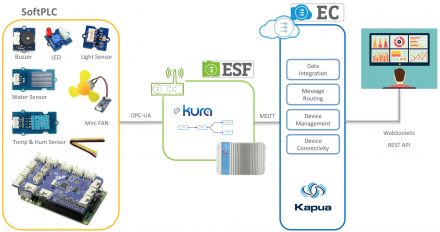
How to customize OpenShift RBAC permissions


Ansible example of updating gluster container native storage.
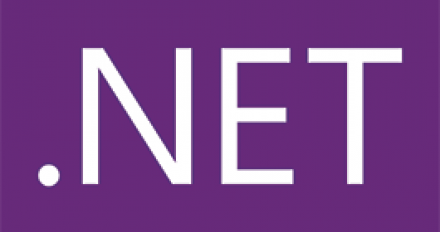

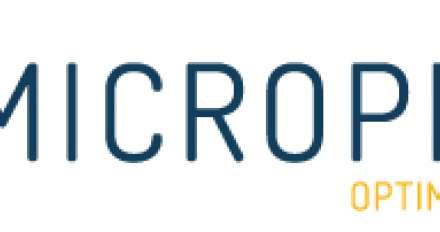
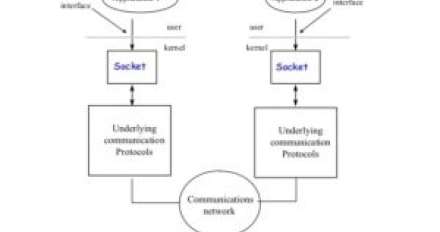
This blog is for those who does not know about socket and it's types and in this there is only for basic ideas about the socket and its types
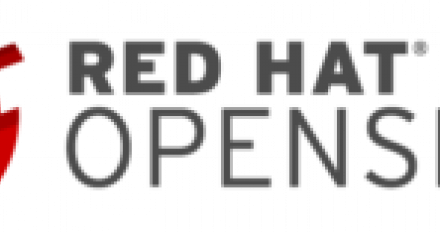
Cloud readiness - This is a transcript of a session I gave at EMEA Red Hat Tech Exchange 2017, a gathering of all Red Hat solution architects and consultants across EMEA. It is

Making your images consumable - This is a transcript of a session I gave at EMEA Red Hat Tech Exchange 2017, a gathering of all Red Hat solution architects and consultants across EMEA. It is

Container Images for OpenShift – Part 2: This is a transcript of a session I gave at EMEA Red Hat Tech Exchange 2017, a gathering of all Red Hat solution architects and consultants across EMEA. It is
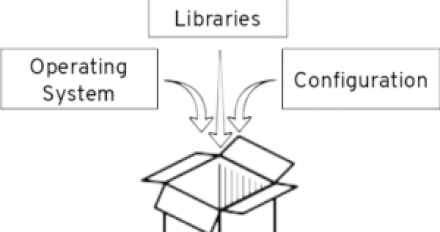
Container Images for OpenShift - Part 1: This is a transcript of a session I gave at EMEA Red Hat Tech Exchange 2017, a gathering of all Red Hat solution architects and consultants across EMEA. It is











See a step-by-step example to build, deploy and manage an application with OpenShift and look at administrator tasks that can impact developers.

